Regional connectivity fuels new growth space in Bac Giang
BAC GIANG – Once seen mainly as a manufacturing hub, Bac Giang province is redefining its development strategy by expanding transport infrastructure and strengthening regional connectivity. The moves aim to position the province as a dynamic industrial and logistics center in northern Vietnam while unlocking growth potential for the broader region.
Reaching the sea and capital
Located on the key Hanoi–Bac Giang–Lang Son–Cao Bang economic corridor and included in the Hanoi Capital Region’s master plan, Bac Giang sits just 50 km from Hanoi and Noi Bai International Airport, 110 km from the China border and 140 km from key seaports in Hai Phong and Quang Ninh. These advantages offer strong logistics and supply chain connectivity.
 |
|
The expansion of the Nhu Nguyet Bridge has completely resolved local congestion issues on National Highway 1. |
Yet as investment flows surged, transport bottlenecks began to emerge. The Nhu Nguyet Bridge, a key artery on National Highway 1, faced chronic congestion that hampered cargo transport and export activities.
Though the upgrade of this bridge falls under central jurisdiction, Bac Giang took the initiative to self-fund the expansion, doubling the bridge’s capacity to six lanes. The project eliminated long-standing traffic jams.
Jing Li, Director of Chinese-invested electronics firm Blueway Vina, said transport from plant to airport has become much smoother. Operating since 2012, the company now employs nearly 1,000 workers and plans further expansion.
In addition to easing access to Hanoi, Bac Giang has prioritized infrastructure that improves outbound logistics toward the coast. A key project is the Dong Viet Bridge and its connecting road to Hai Duong province, with nearly 1.5 trillion VND (about 65.3 million USD) in total investment.
Another notable initiative involves cooperation with Quảng Ninh province to build a road linking Son Dong district with Ha Long City, northern Vietnam’s largest port and tourism center.
Transport leads development
With transportation identified as a strategic driver of socio-economic growth, Bac Giang has allocated over 9.7 trillion VND from public investment for transport infrastructure from 2021–2025, making up a third of the province’s total infrastructure spending.
 |
|
Thanks to the upgraded transport infrastructure, Blueway Vina has been able to export its products more efficiently. |
Projects span from bridges like Ha Bac I and II (linking Bac Ninh province) to interprovincial roads connecting with Thai Nguyen and Lang Son provinces and routes facilitating access to My An Port.
Special emphasis is placed on mountainous and ethnic minority areas in the province’s east. The upgrade of provincial road 293—nicknamed the “spiritual road”—has revitalized struggling districts like Luc Nam, Luc Ngan and Son Dong, enabling inclusive development.
Public engagement has also played a key role. Thousands of households voluntarily donated land and removed buildings to expedite land clearance.
As a result, Bac Giang’s road network has expanded rapidly. From 2021 to 2025, the province expects to upgrade or build 336 km of provincial roads, 100 km above target. The number of planned routes has more than doubled from 18 to 37, with total road length growing from 400 km to nearly 900 km.
Bac Giang’s transport progress has been bolstered by strong interprovincial cooperation. The Dong Viet Bridge project, led by Bac Giang, would not have succeeded without coordination from Hai Duong province, especially in land clearance and connecting road construction. Bac Giang has also forged infrastructure links with Bac Ninh and Quang Ninh provinces.
To support connectivity with Son Dong district, Quang Ninh approved an 8 km road project worth over 1.4 trillion VND to integrate with Bac Giang’s road 291. This facilitates direct access from the northeastern mountains to Quang Ninh’s seaports.
Meanwhile, Bac Ninh province recently inaugurated a road connected to Ha Bac II Bridge, creating a key corridor between Viet Yen township and Hiep Hoa district of Bac Giang province and Yên Phong district of Bac Ninh province to spur industrial and urban growth.
Improved transportation has boosted the circulation of Bac Giang’s agricultural products, such as lychees, hill chickens, and processed vegetables, to larger domestic and international markets. Tourism and services also benefit, especially from improved access to the Tay Yen Tu spiritual zone shared with Quang Ninh and Hai Duong provinces.
With the central government planning to merge Bac Giang and Bac Ninh into a single province, regional integration becomes even more urgent. Infrastructure systems must be unified not just to meet immediate growth needs, but to lay the foundation for a new northern economic powerhouse.
According to Tran Xuan Dong, Deputy Director of the Department of Construction, the new province will revise transport planning for 2026–2030 to align with its expanded administrative boundaries.
Goals include connecting industrial parks and urban areas with national highways and enhancing interregional logistics corridors. The province also plans to add external connectivity projects based on memorandums with neighboring provinces.
This forward-looking approach aims to build not just physical infrastructure but a unified development mindset across merged territories.
As Bac Giang maintains its lead in national growth rankings and industrial expansion, its focus on spatial development through transport and regional connectivity is reshaping its economic profile. The roads and bridges now under construction do more than close geographical gaps—they unlock opportunities across industry, agriculture, tourism, and services.
Yet to ensure balanced, long-term growth, Bac Giang must also address lingering challenges: investment quality, supply chain integration, service infrastructure gaps and limited capacity among local firms and communities.
Still, the province’s proactive approach to regional linkage and infrastructure investment is charting a new path forward—not just for Bac Giang, but for the entire northern region.
 Bắc giang
Bắc giang

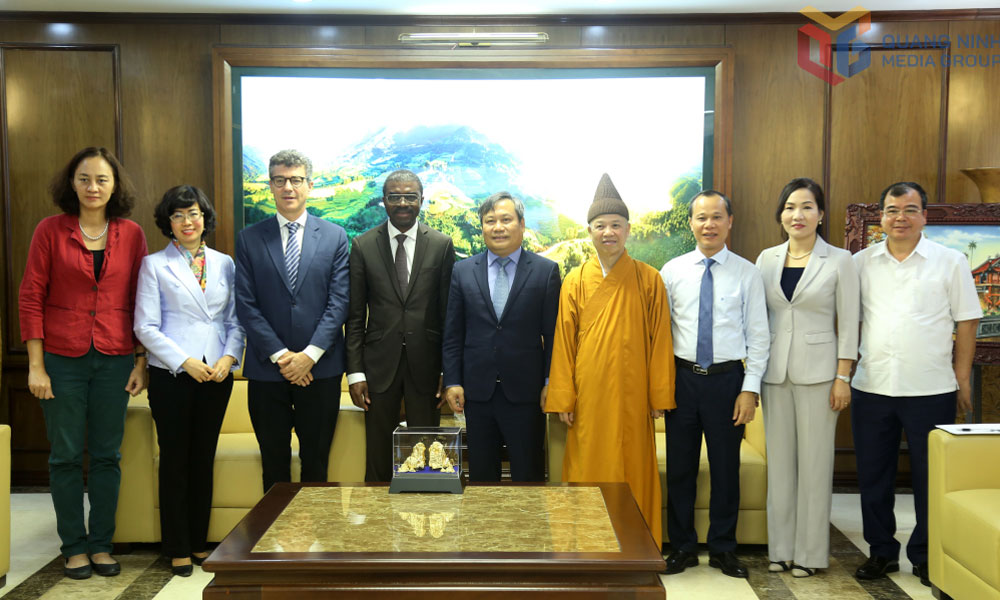
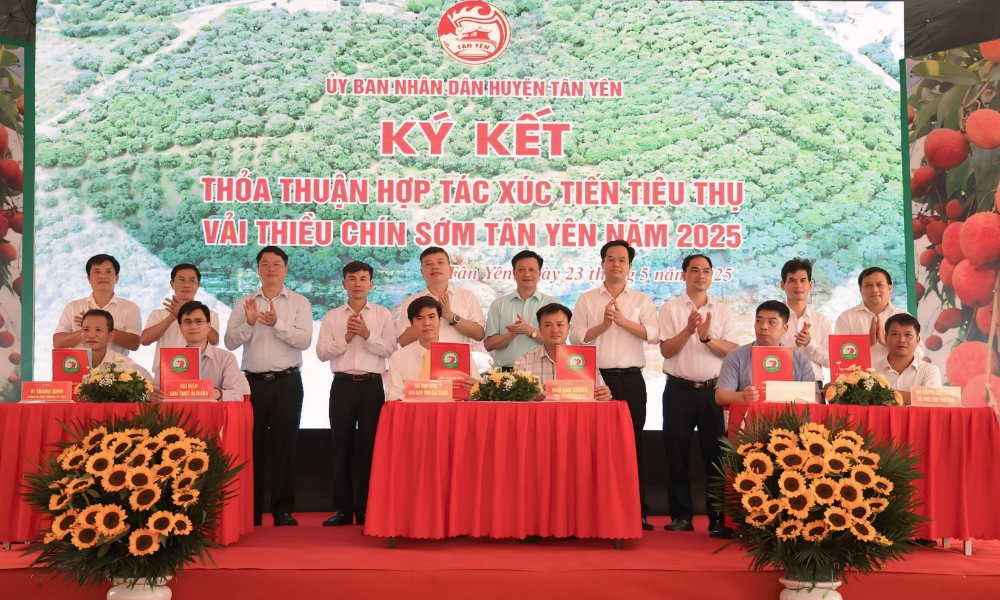
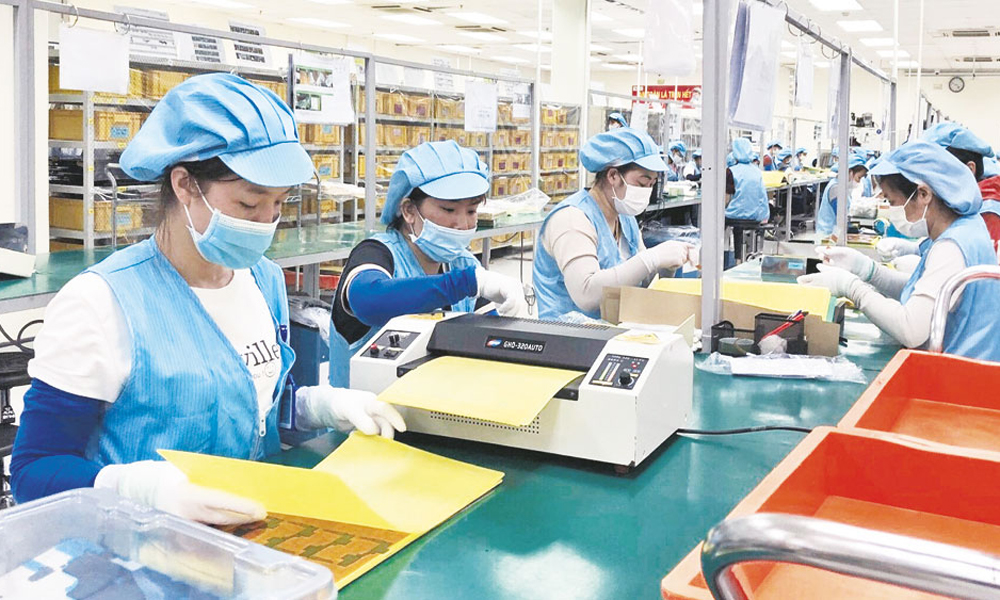
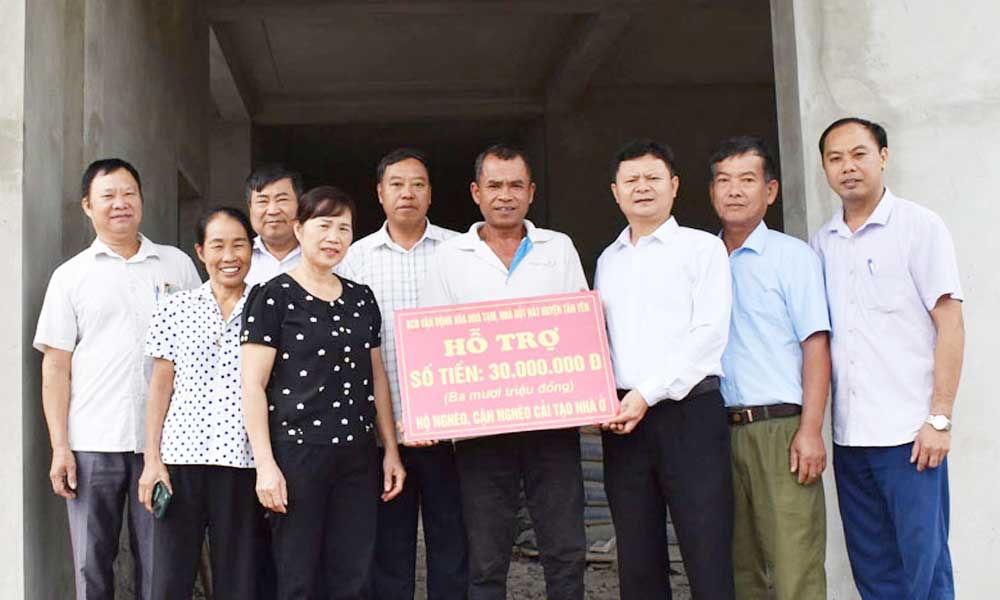
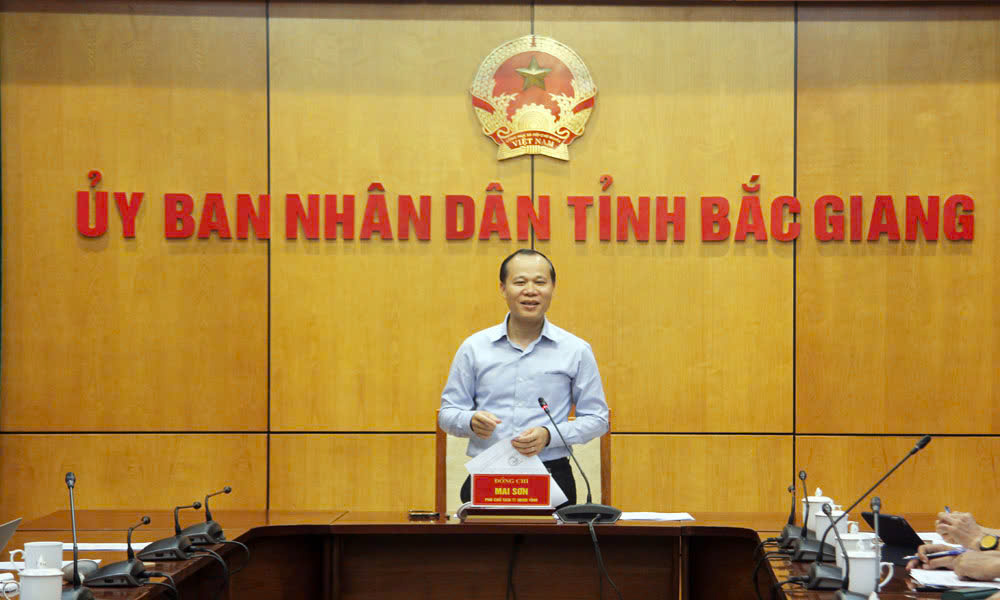
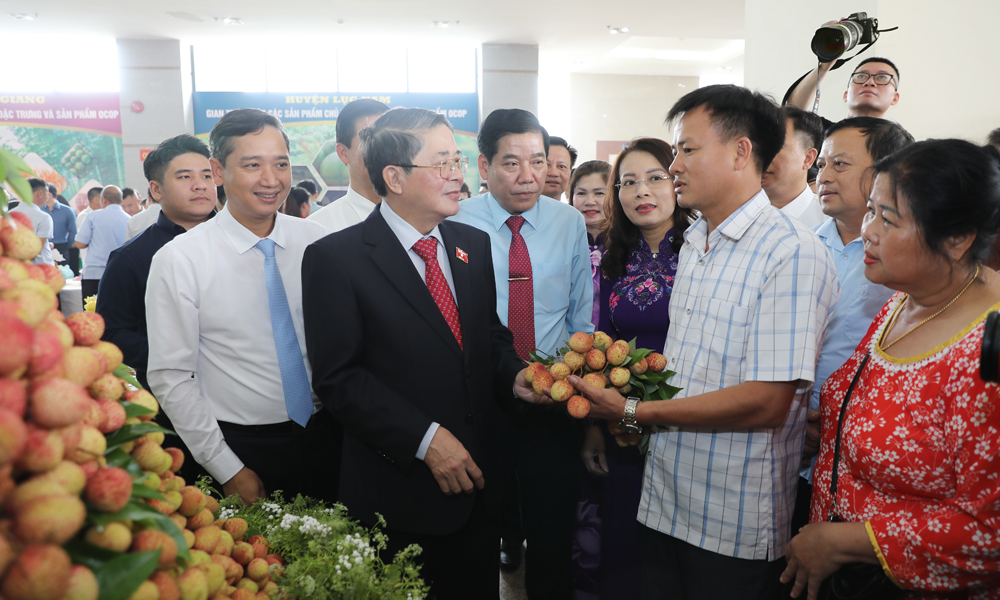
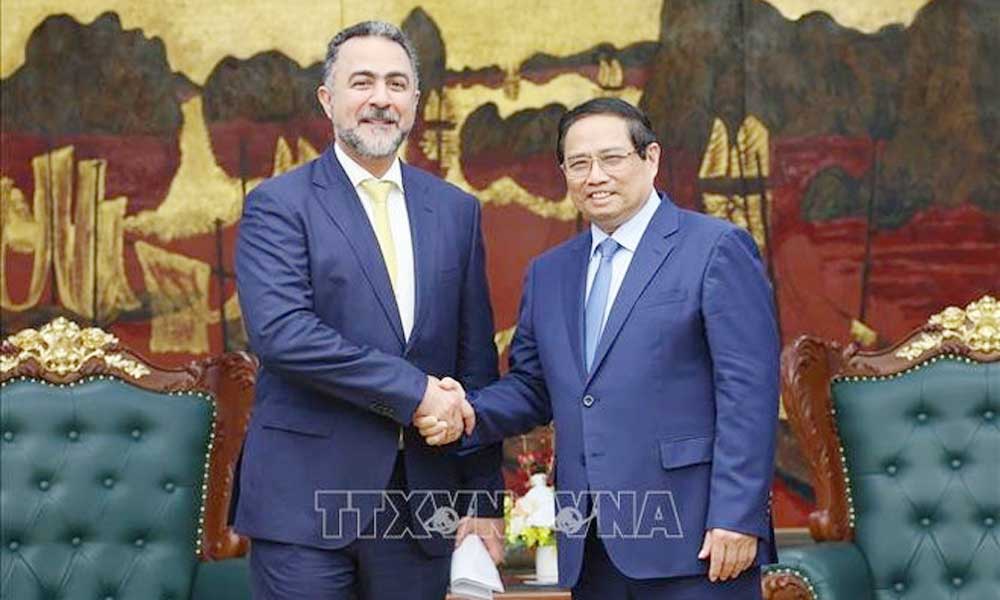
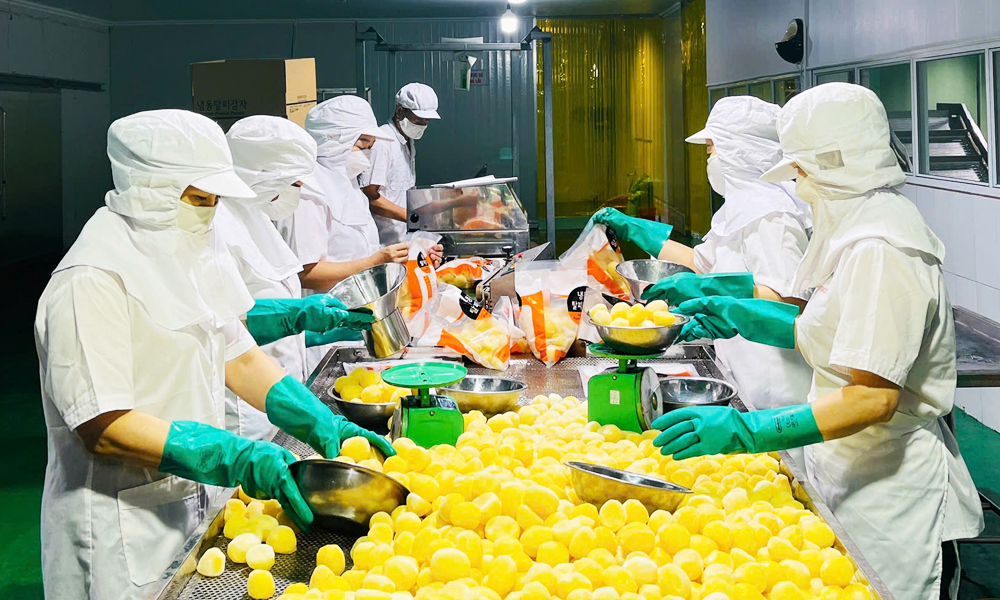



Reader's comments (0)